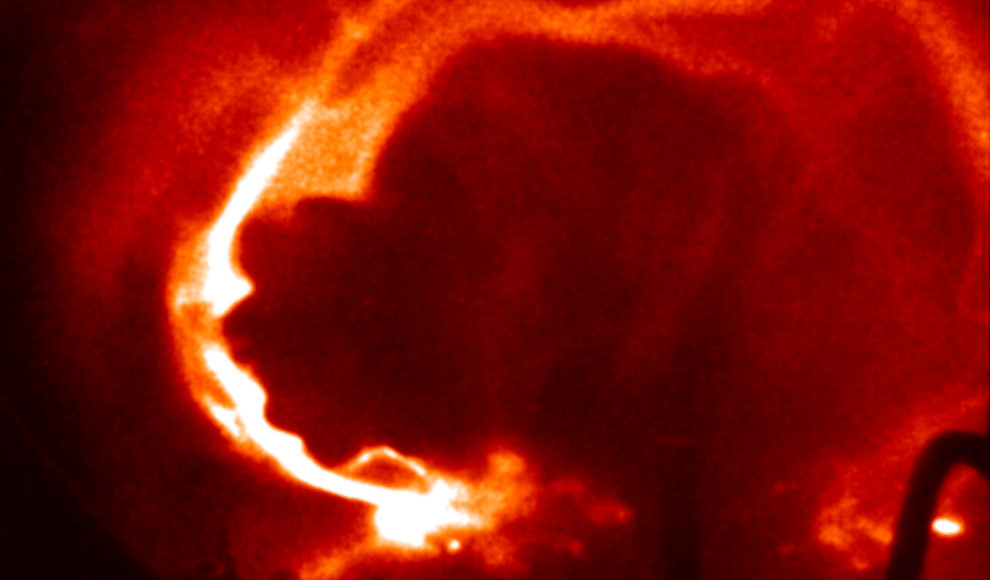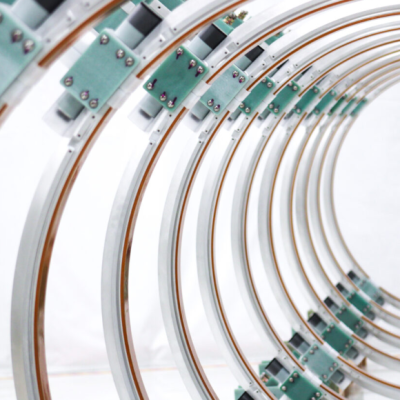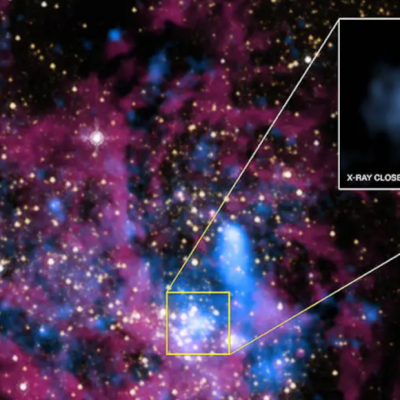Physicists have created an artificial solar eruption in the laboratory to better understand how the sun emits X-rays and energetic particles into space. Coronal loops are plasma structures that protrude from the surface of the sun and are aligned along magnetic field lines. These loops can extend up to 100,000 kilometers above the sun’s surface and can last from minutes to several hours. Although it has long been known that solar eruptions produce energetic particles and X-rays, scientists are only now beginning to decipher the mechanism behind them. Researchers have two options to find out how and why the loops form and change. The first option is to observe the sun and hope to capture the phenomenon to obtain relevant information. The second option is to simulate solar eruptions in the laboratory.
Scientists at the California Institute of Technology (Caltech) have now created a solar eruption the size of a banana in the laboratory. The experiment is intended to help better understand coronal mass ejections and the dynamics of the star. According to their publication in the journal Nature Astronomy, the approximately 20-centimeter-long solar eruptions were created in a vacuum chamber equipped with double electrodes. The researchers stored excess energy in a capacitor, which was then abruptly discharged over the electrodes to form the solar eruption. The researchers recorded the approximately ten-microsecond-long solar eruptions with a high-speed camera that can take ten million images per second.
The images show that the loops of a solar corona do not consist of a large structure but of individual braided strands that together form a kind of rope. It turns out that this structure is important for the formation of energetic particles and X-ray bursts associated with solar eruptions. When too much current flows through a coronal loop of the sun, the structure is compromised. The loop develops a kink instability that looks like a corkscrew, and individual strands begin to break. Each newly broken strand then relieves the remaining strands by transferring its tension to them. The research team examined the process microsecond by microsecond and found a negative voltage pulse that coincided with an X-ray burst at the exact time of a strand break.










